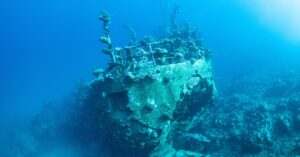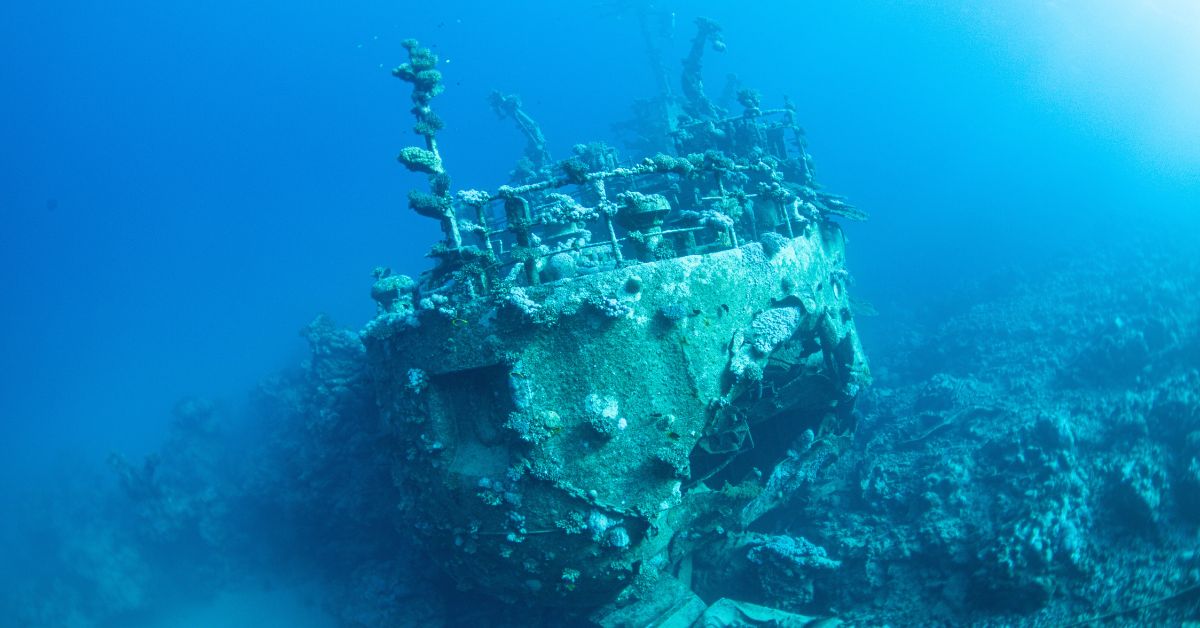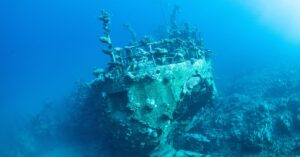
Protests Erupt In Greek Port City of Volos After Arrival Of Israeli Cruise Ship
August 14, 2025
Finland’s Wasaline To Operate First Carbon-Neutral Shipping Route In The Baltic
August 14, 2025

The Northumberland, a 70-gun ship constructed in Bristol in 1679, sank off the coast of Kent in 1703, during strong winds in what was termed ‘The Great Storm’.
Cannons and coils of rope from the English Warship have now been discovered by divers.
The survey to inspect the shipwreck site was conducted in July, and it revealed wooden chests having wooden decks, swords and musket balls.
Hefin Meara, one of the Historic England maritime archaeologists, stated that what they saw on the seabed is a big part of the ship’s structure and that it was truly fantastic.
For over 300 years, the wreck of the ship has remained buried in th Goodwin Sands, 9 miles off the Kent shoreline.
However, as the sand began to shift in recent years, the ship’s secrets were gradually unveiled.
A divers’ team from Historic England are striving to preserve the shipwreck, which is now remarkably intact, stating that if proper measures are not taken, it could quickly deteriorate.
Paul Jeffery, Marine Team Leader at Historic England, said that the Northumberland is a significant shipwreck for many reasons.
It was one of the many vessels in Samuel Pepys’ new English Navy, which was the birth of the Royal Navy as we know it today.
The wreck is also well-preserved since it was buried very deeply under the sand.
The divers were also able to identify large sections of the ship and its contents.
Mr Jeffery added that there were massive timber structures, which were part of the upper decks of the ship, highlighting that the lower decks are below that, and on those decks, there are cannons and large chests.
The team is fearful that now the wreck is exposed, so sands, currents and sea creatures could get into wooden structures and damage them.
Mr Mera, who dived about 20 m to the ship, said that they could see a great big iron ship and the wooden structure.
He added that a lot of organic material was also visible, such as coils of rope, small wooden objects and organic artefacts.
He also added that lifting the warship out of the sea was very expensive and would take considerable time and effort
Source: Maritime Shipping News


